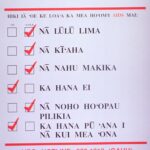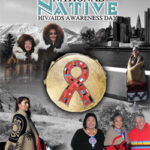Infectious Diseases – HIV/AIDS
HIV/AIDS has never been just a white, gay male disease. Since the beginning of the epidemic in 1981, blacks accounted for one quarter of all AIDS cases diagnosed in the U.S. While the epidemic was growing among white gay men in San Francisco, a similar epidemic was occurring among black and Latino gay men, and black and Latino male and female drug users in New York and New Jersey. Poverty, homelessness, joblessness, lack of education, and ongoing racial discrimination were all factors that contributed to these higher HIV/AIDS rates.
HIV/AIDS does not discriminate—it occurs in all populations, including Pacific Islanders, Asians, and Native Americans. But, more than 30 years later, blacks and Latinos together account for approximately two-thirds of all HIV/AIDS cases. Among women, blacks and Latinos make up more than 90% of those with HIV/AIDS. Having a disease with no cure and being a member of a racial/ethnic minority group or gender minority group can result in social stigma and severe negative life consequences.
Although annual rates of HIV infection deaths in the U.S. have dramatically dropped since 1990 due to better treatments and prevention strategies, HIV/AIDS continues to disproportionately impact minorities. Prevention strategies today focus on knowing your status through HIV testing, and addressing stigma.

Courtesy of National Library of Medicine

Centers for Disease Control and Prevention

U.S. Department of Health and Human Services, Substance Abuse and Mental Health Services Administration Cent

Courtesy of AmFAR and the Centers for Disease Control and Prevention
